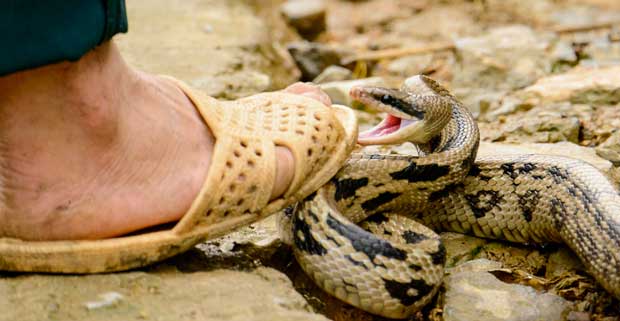Wildlife Mortality Insurance
Possibly the highest risk in terms of animal well-being, can be apportioned to animals that are captured and held in bomas awaiting sale at an auction, writes Julian Freimond.
Stress and injury followed by exposure resulting in mortality in the short term, are the major contributors in this case.This would however be determined by many factors all critical to the outcome of this exercise and insurance rates are determined on the following basis:-
- Species – some species of animals are ‘’hardier’’ than others and adapt better to captivity and boma conditions, therefore less risk. An example is roan antelope which do not adapt well to boma confinement whereas rhino and buffalo generally do.
- Veterinarian and capture team – the handling of the animals at capture, loading and off-loading as well as transport conditions are critical to their well-being.
- Travelling distance and weather conditions – obviously major factors such as unfavourable temperatures and rain, as well as long periods standing and lack of bedding, feed, water and space are sure to reduce chances of survival.
- Boma conditions – are critical and factors to be considered when rating and considering a risk are – size and design of the holding pens as well as shade, protection from the elements and duration the animals are held in confinement. Strangely enough, and depending on species involved, it is sometimes advantageous to house animals for longer periods in bomas prior to sale and relocation, than for shorter periods which can be unsettling. A good example of this would be rhino which become habituated to boma conditions both pre and post-delivery and often then settle better in their new environment if held in bomas for longer periods before being sold and relocated.

Auction sales which offer animals for sale on ‘’catalogue’’, are almost always viewed by insurers as a better risk, and mortality insurance rates will always be more favourable if cover is required for capture and transport to the buyer’s property directly, than for the whole procedure of capture, transport to auction site, boma cover, reloading and transport to final destination at the buyer’s property. However prices attained for animals on catalogue at sales are generally considered to be lower than those achieved for live sales where the animals can be viewed by the public/buyers, but there is obviously greater risk of mortality hence the higher rate charged.
Options
When consideration is given to the risk at hand by insurers, there are a few options that are on offer. For full all risks cover which is sometimes subject to certain exclusions, depending on the underwriter and their policy wording a specific rate would apply and this would hopefully be ‘’all encompassing’’ as far as the owner of the animal is concerned. Buyers often just want to know that if the animal thay are insuring dies, there is cover and insurance will be paid. Although the polices available in the market are generally all encompassing, there are certain underwriters who exclude some perils and these need to be explained to any interested insurer – ‘’upfront’’ so that there is no misunderstanding.
Exclusions
Exclusions in cover in terms of this class of insurance need to be clearly defined, explained and understood by the insured prior to the contract being concluded.
Alternatives to the above could be transportation risks only, capture risks only, cover while animals are in boma only, and cover from loading from the auction bomas to final destination or a combination of the above. Most wildlife insurance policies available are flexible and will tailor-make cover to suite the owner’s requirements. There is a growing tendency lately for the hosts of wildlife auctions to offer insurance for all animals sold on auction. This generally seems to include cover from fall of hammer, when the risk passes to the buyer, transport to the buyer’s property as well as a short period (7 or 14 days) on veld after delivery. This is advertised as ‘’free insurance’’ which should be catered for between insurer and seller, and, if advertised as such, should not involve any premium payment from the buyer. If however insurance is advertised as free or included with purchase, then no ‘’top up’’ or any additional payment should be requested by the seller in this regard. Some misunderstandings in this regard have led to disgruntled buyers who feel they were misled.
Additional Insurance
The financial impact of adding insurance premium to the purchase price of an animal can be further influenced by offers of additional voluntary excess, no claim bonus discounts, monthly payment for long term contracts and stop loss or limited loss cover which pegs insured limits to an agreed value of the total sum insured. For example if a total herd was valued at R10Million and the insured felt he had potential to lose a maximum during any one period of insurance, of say R2 Million worth of game, then the risk could be rated by most insurers on the R2 Million and not the total R10 Million value at risk.
Reinsurance
Finally, it is worth bearing in mind for any readers of this article who may be owners of high value and exotic species of game, that it is sometimes necessary for brokers and underwriters to seek reinsurance for animals with excessive values beyond normal mandates. These amounts or limits differ from company to company but usually around R10 Million in sum insured would necessitate additional participation from either an international or local insurer to take on risk exposure in excess of the mandated amount agreed to between intermediary and client. This can sometimes take a day or two to negotiate, so timeous notice is required if cover is anticipated prior to purchase of the animal.
For more information visit: www.satib.co.za




